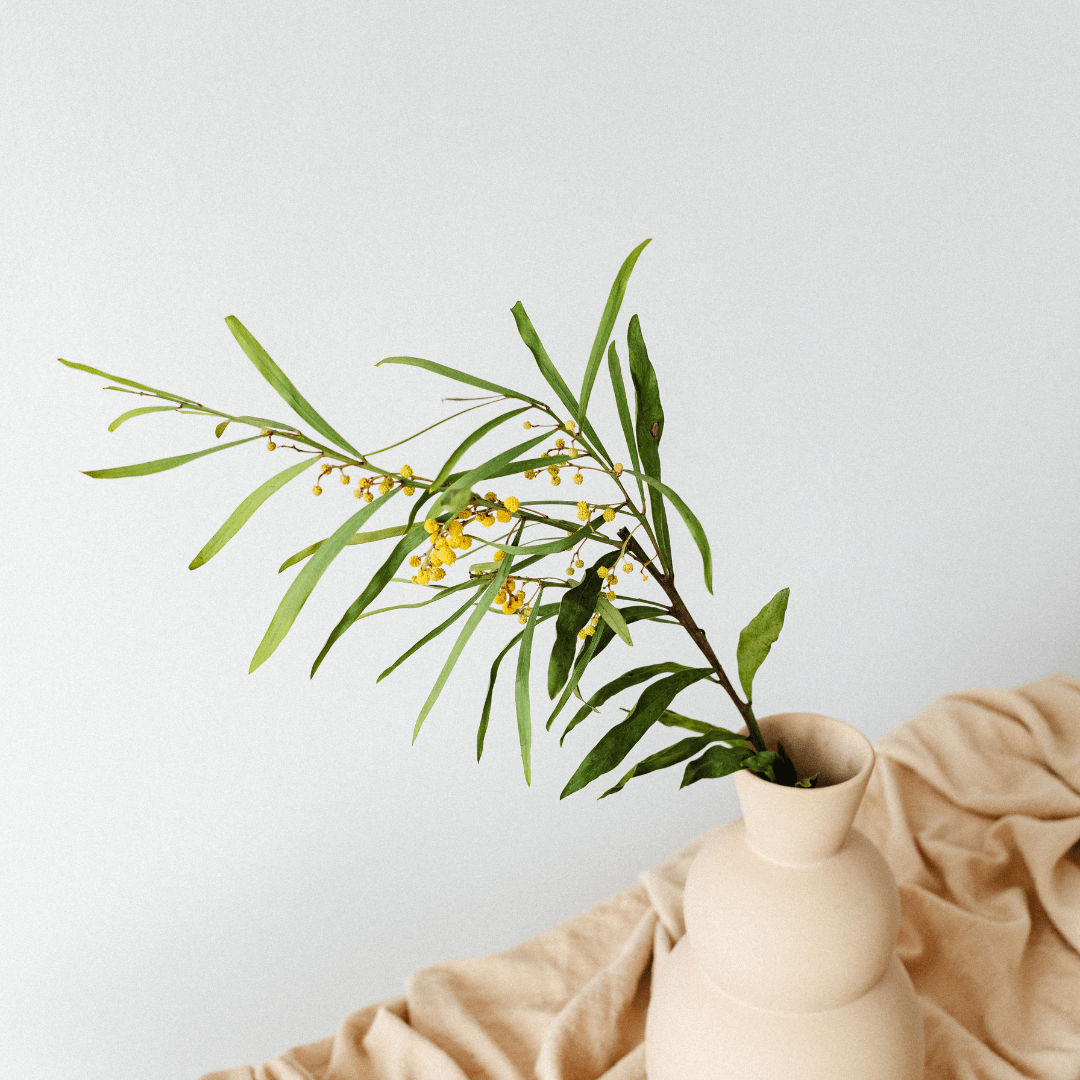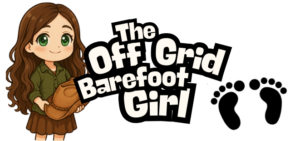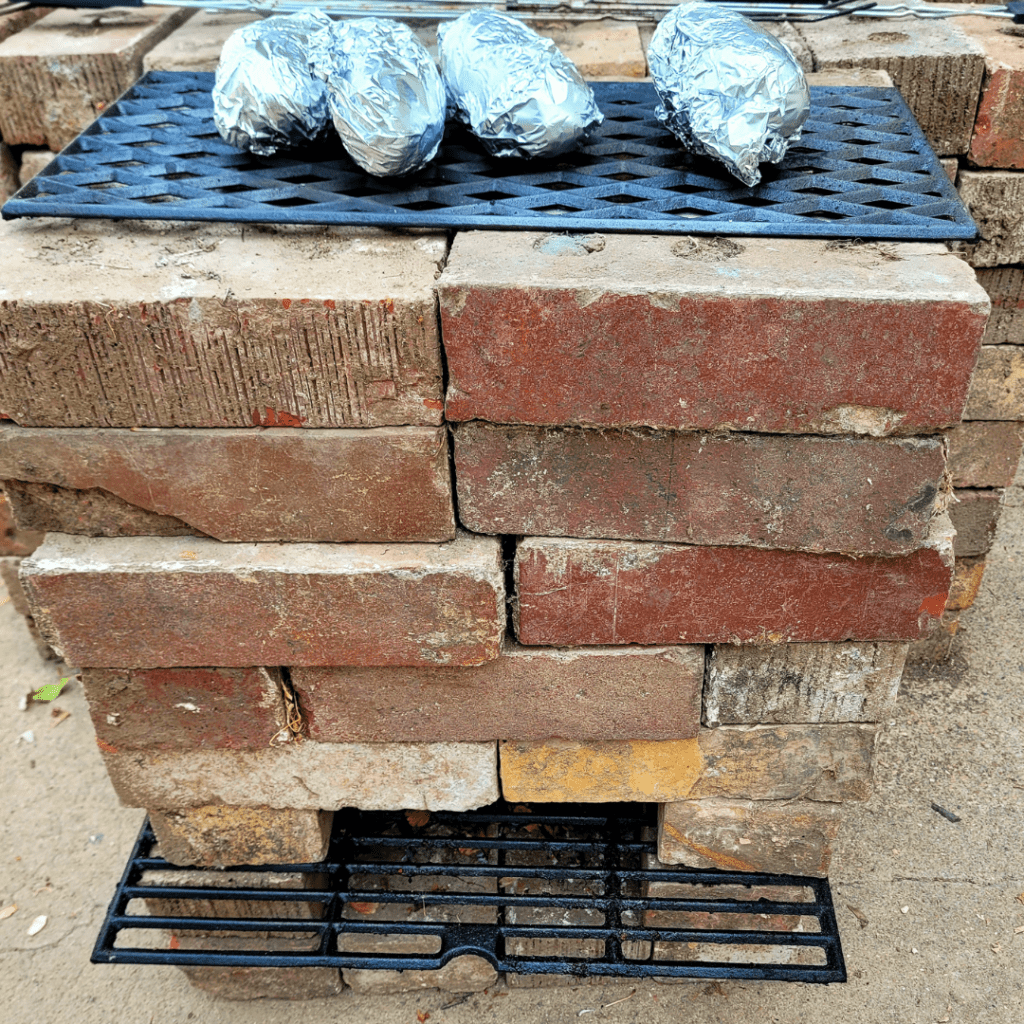Discover how to become a minimalist and simplify your life with practical tips, decluttering strategies, and mindful living habits. Embrace simplicity and enjoy more freedom, clarity, and peace every day.
I used to feel weighed down by clutter—both in my home and in my mind. Every drawer seemed stuffed, every schedule packed, and every day felt a little overwhelming. That’s when I started exploring minimalism. Becoming a minimalist isn’t about giving up everything you love—it’s about intentionally choosing what truly matters. In this guide, I’ll share practical steps to simplify your life, clear out physical and mental clutter, and create a home and lifestyle that feel lighter, calmer, and more joyful.
This is a pinnable post. Tap or hover over any image in this post to pin to your Pinterest Boards.
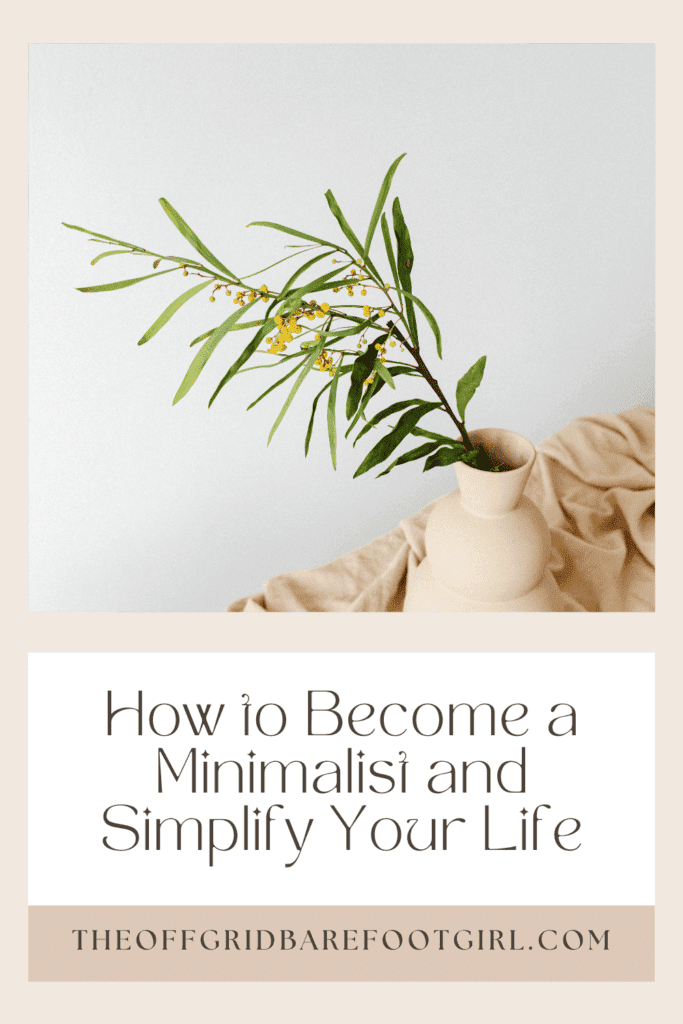
Understanding Minimalism: What It Means and Why It Matters
Defining Minimalism
Minimalism is more than just a trendy lifestyle choice or a design aesthetic. At its core, minimalism is about intentionally simplifying your life by focusing on what truly matters. It involves consciously reducing physical possessions, decluttering mental and emotional distractions, and streamlining daily routines for a more meaningful and fulfilling existence.
Minimalism is characterized by clean lines, minimal ornamentation, and a focus on functionality. In the world of art and design, minimalism emerged in the 1960s as a reaction against the excesses of abstract expressionism and other movements that emphasized emotional expression.
Minimalism extends beyond just visual arts—it has permeated various aspects of our lives, from interior design to fashion and even lifestyle choices. Many people are embracing minimalist living as a way to declutter their physical spaces and simplify their routines, with the belief that reducing material possessions can lead to increased mental clarity and overall well-being. Ultimately, minimalism celebrates simplicity in all its forms, reminding us that less can indeed be more.
The Benefits of Minimalism
Embracing minimalism can have a profound impact on your well-being. By eliminating the excess, you free up physical and mental space for what truly brings you joy and purpose. Minimalism can reduce stress, increase productivity, and enhance overall mental clarity. It allows you to prioritize experiences over material possessions and cultivate a greater sense of gratitude and contentment in your life.
Minimalism allows us to focus on what truly matters in life, as it encourages us to prioritize experiences, relationships, and personal growth over material possessions. By reducing the number of distractions around us, minimalism promotes increased mindfulness and clarity of thought. It helps reduce stress by eliminating the constant urge to acquire more things and the burden of organizing them.
Adopting a minimalist mindset also leads to financial freedom since we aren’t spending money on unnecessary items. Moreover, practicing minimalism has a positive impact on the environment by advocating for sustainable consumption and waste reduction. Ultimately, living with less stuff enables us to simplify our lives and appreciate the beauty in simplicity while fostering a sense of contentment and fulfillment.
Debunking Common Misconceptions
Contrary to popular belief, minimalism is not about depriving yourself or living in an empty white room with only one chair. It’s about finding the right balance for you, based on your own values and priorities. Minimalism doesn’t mean getting rid of everything you own; it means curating your belongings so that they align with your values and enhance your life. It’s a flexible and personalized approach that can be adapted to any lifestyle or budget.
Assessing Your Current Lifestyle: Identifying Areas of Clutter and Complexity
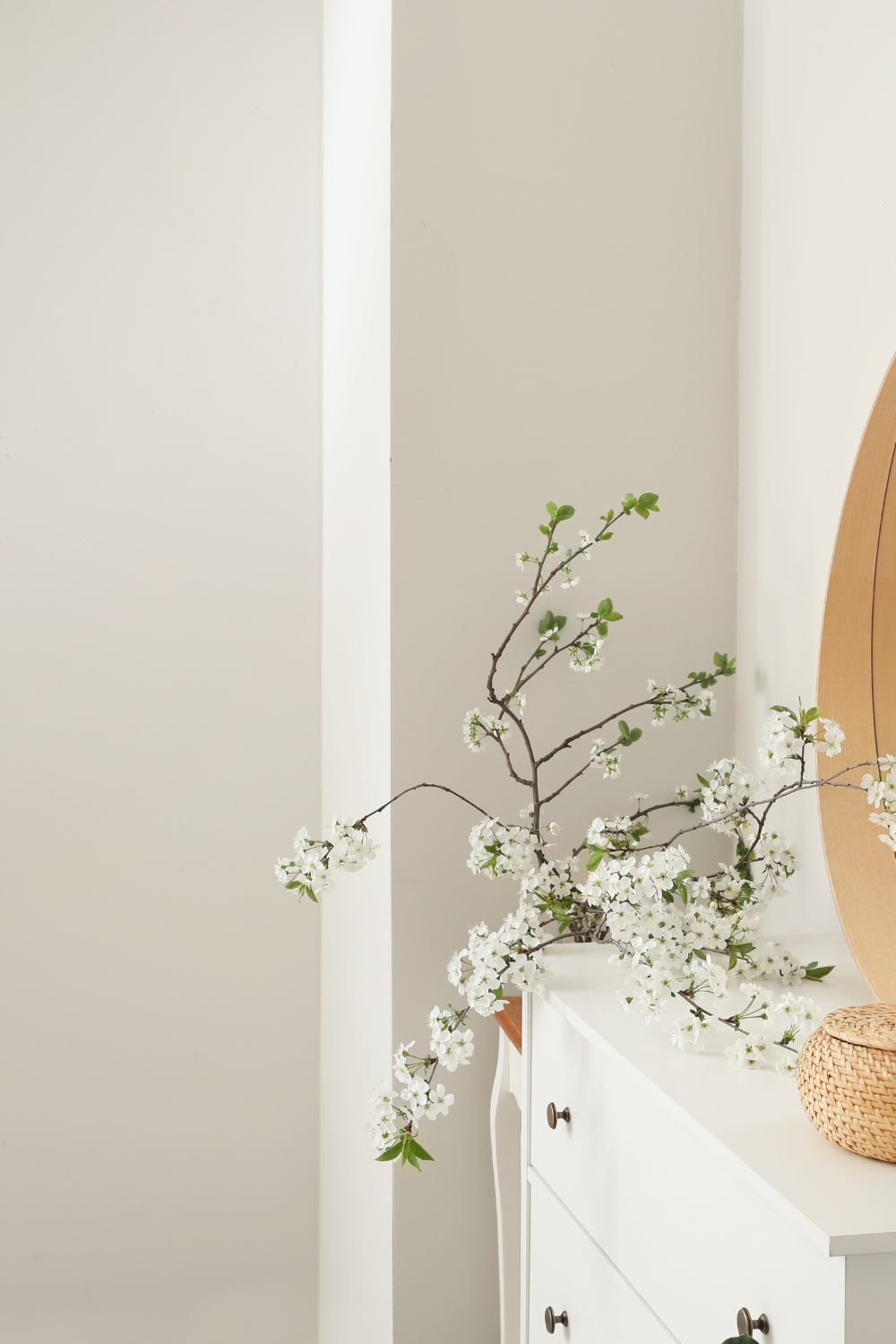
Evaluating Physical Clutter
Start by taking a critical look at your physical surroundings. Are there items in your home that no longer serve a purpose or bring you joy? Is your space overcrowded and disorganized? Identifying areas of physical clutter will help you prioritize what needs to be decluttered and simplified.
Recognizing Mental and Emotional Clutter
Beyond physical objects, consider the mental and emotional clutter that may be weighing you down. Are you constantly overwhelmed with negative thoughts? Do you have unproductive habits or toxic relationships that drain your energy? Recognizing and addressing these sources of clutter is essential for simplifying your life and freeing up mental space.
Identifying Time-Wasting Habits
Take a close look at how you spend your time. Are there activities that don’t align with your goals or values? Do you find yourself mindlessly scrolling through social media for hours? Identifying time-wasting habits allows you to streamline your schedule and make room for activities that truly matter to you.
Decluttering Your Physical Space: Practical Strategies for Simplifying Your Environment
The KonMari Method: Tidying Up and Letting Go
One popular approach to decluttering is the KonMari Method, developed by Marie Kondo. This method encourages you to declutter by category rather than room and keeps only items that “spark joy.” By following this method, you can let go of unnecessary possessions and create a more organized and purposeful living space.
Room-by-Room Decluttering Tips
If the KonMari Method isn’t for you, consider tackling your decluttering project room by room. Start with small, manageable areas and gradually work your way through each space. Remember to be ruthless in letting go of items you no longer need or love, and find practical storage solutions to keep your remaining belongings organized.
Sustainable and Eco-Friendly Disposal Methods
When decluttering, it’s important to consider the environmental impact of disposal. Instead of throwing everything in the trash, explore eco-friendly options such as donating items to charity, hosting a garage sale, or participating in a clothing swap. Recycling and upcycling can also be great ways to give new life to old possessions.
Streamlining Your Digital Life: Tips for Organizing and Minimizing Your Virtual World
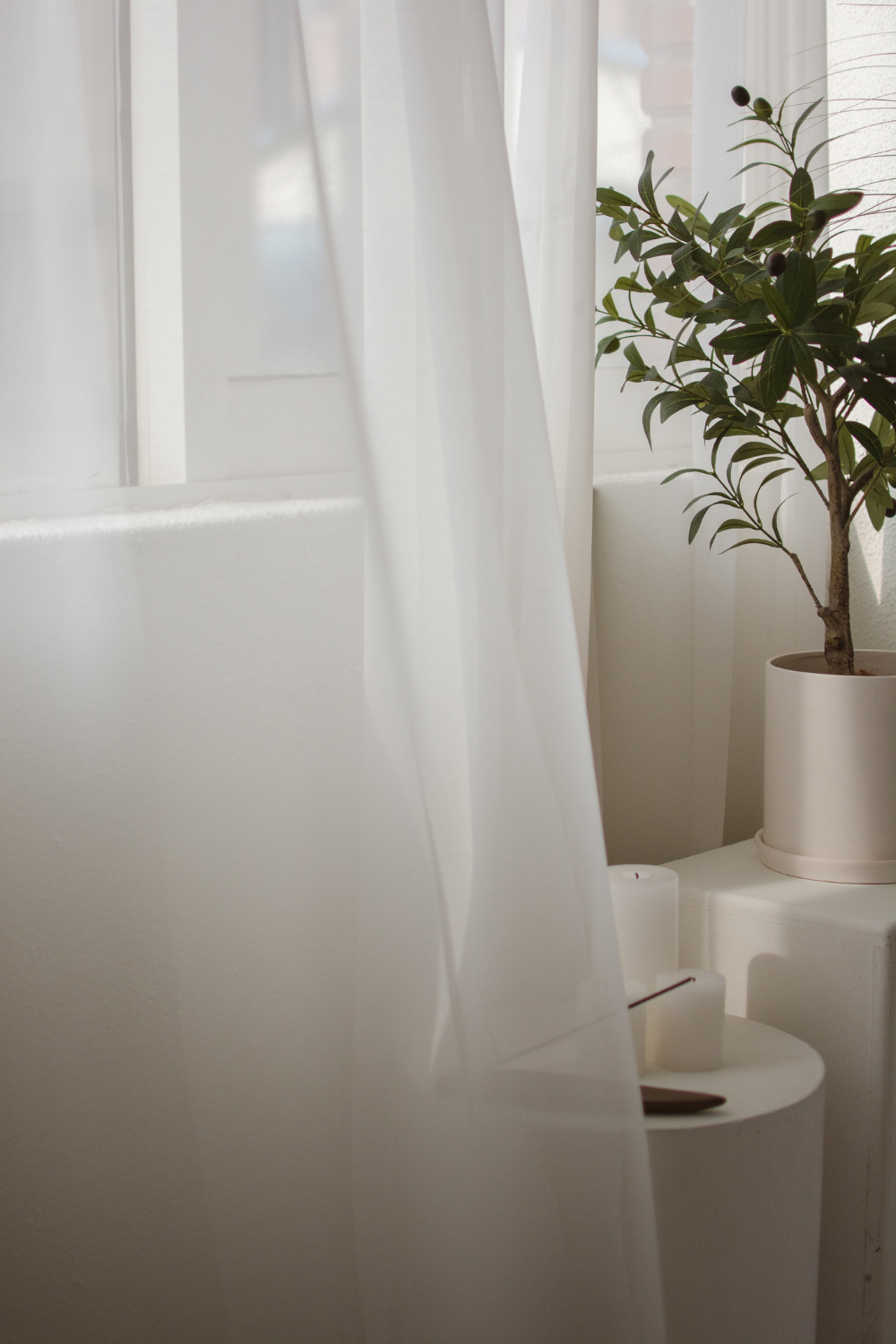
Organizing Digital Files and Folders
In today’s digital age, decluttering isn’t limited to physical spaces. Take the time to organize your digital files and folders, deleting duplicates and organizing documents in a logical system. Use cloud storage or external hard drives to free up space on your devices and ensure easy access to important files.
Managing Email and Unsubscribing from Unnecessary Newsletters
Email overload can add unnecessary complexity to your life. Unsubscribe from newsletters you no longer read or need, and create folders or labels to prioritize and categorize incoming messages. Use filters or rules to automatically sort and organize your emails, saving you time and mental energy.
Reducing Digital Distractions and Unproductive Apps
Digital distractions can eat away at your valuable time and attention. Take control by minimizing the number of apps on your devices, deleting those that don’t serve a purpose, and silencing notifications for non-essential apps. Consider implementing screen-free times or setting boundaries to protect your focus and boost productivity.
Prioritizing Quality Time and Meaningful Connections
In our fast-paced world filled with constant distractions, setting aside dedicated moments for ourselves and our loved ones is essential. It means intentionally creating space in our schedules for activities that truly nourish us, such as engaging conversations, shared experiences, or simply being present with each other. This can involve stepping away from technology regularly and immersing ourselves in the present moment.
By doing so, we cultivate deeper connections and foster a sense of fulfillment and happiness. Ultimately, minimalism is not just about shedding material excess; it’s about valuing what really matters in life and ensuring that we make time for those things.
Maintaining a Minimalist Home: Decluttering and Organizing Tips
Decluttering Room by Room
Decluttering is all about getting rid of the excess stuff in our lives, creating more space, and ultimately reducing stress. Starting with your bedroom may be a good idea. Begin by sorting through your clothes, donating or selling anything you haven’t worn in ages or doesn’t fit anymore. Clear off surfaces like nightstands and dressers, keeping only the essentials.
Next up, tackle the living room. Remove any unnecessary furniture or decor that no longer brings you joy or serves a purpose. Consider implementing storage solutions such as baskets or shelves to keep things organized and tidy.
The kitchen is another essential space to declutter; discard expired food items, clear out unused appliances, and neatly organize your pantry and cabinets.
Remember, the key is to ask yourself if each item sparks joy or serves a practical function in your life – if not, it’s time to let go! With each room decluttered step-by-step, you’ll soon achieve a minimalist haven that offers both peace of mind and simplicity in abundance.
Implementing Practical Storage Solutions
Practical storage solutions play a crucial role in maintaining an organized and clutter-free space. There are several strategies to consider when implementing these solutions. Firstly, opting for multi-functional furniture such as ottomans with hidden compartments or bed frames with built-in drawers can maximize storage space. Additionally, utilizing wall-mounted shelves or floating cabinets can help free up floor space while still providing ample storage for books, decor items, or even kitchen supplies. Another effective technique is to invest in modular storage systems that can be easily customized to fit specific needs and spaces. Incorporating organizational tools like compartment dividers, bins, and baskets will further enhance the functionality of the storage units.
Finally, regular decluttering and reassessment of belongings are essential practices to ensure long-term effectiveness of any storage solution in a minimalist setting. By adopting these practical strategies, individuals can seamlessly integrate their minimalist philosophy into their living spaces without compromising on functionality or style.
Creating a Relaxing and Minimalist Living Space
Creating a relaxing and minimalist living space is all about creating an environment of calm and simplicity. By decluttering and minimizing the number of items in your space, you can promote a sense of peace and serenity. By simplifying your space, you create room for relaxation and reduce the amount of visual noise that can cause stress or anxiety.
Additionally, consider incorporating natural elements such as plants or floor-to-ceiling windows to bring in calming views of greenery or sunlight. Choose soothing color palettes like neutrals or soft pastels to create a tranquil atmosphere. Invest in comfortable furniture and cozy textiles like blankets or throw pillows that invite lounging and relaxation. Ultimately, the key is to design a living space that supports your well-being and invites you to unwind after a long day in a casual manner.
Simplifying Your Schedule: Time Management Techniques for a Minimalist Lifestyle
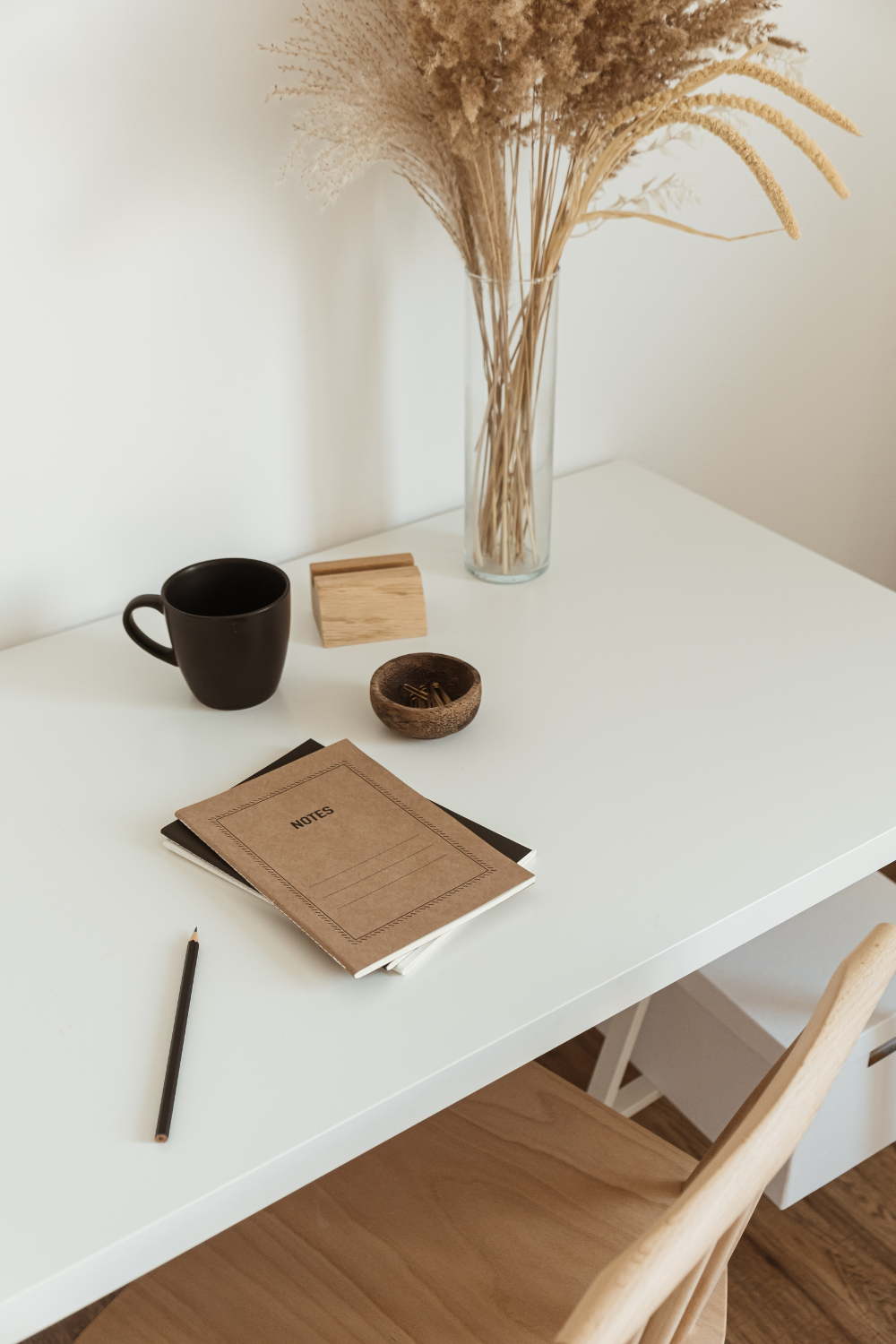
In our fast-paced and hectic world, simplifying our schedules can be a breath of fresh air. Minimalism is not just about decluttering physical possessions; it also applies to our time and how we manage it. Here are some time management techniques to help you simplify your schedule and embrace a minimalist lifestyle.
Prioritizing and Setting Clear Goals
One key aspect of simplifying your schedule is identifying your priorities and setting clear goals. Take some time to reflect on what truly matters to you and what brings you joy. Once you have a clear understanding of your priorities, you can focus your time and energy on activities that align with them. Setting SMART (Specific, Measurable, Achievable, Relevant, and Time-bound) goals can also help you stay focused and prevent unproductive time-wasting.
Creating a Minimalist Daily Routine
Crafting a minimalist daily routine can bring structure and simplicity to your life. Start by identifying your most important tasks or activities and allocating dedicated time slots for them. Avoid overloading your schedule and leave room for rest and relaxation. Remember, minimalism is about quality over quantity, so focus on doing fewer things, but doing them well.
Saying No and Setting Boundaries
One of the biggest challenges in simplifying your schedule is learning to say no and setting boundaries. It’s okay to decline invitations or commitments that don’t align with your priorities or values. Learn to prioritize your well-being and avoid spreading yourself too thin. Setting boundaries with your time and energy will help you maintain a balanced and fulfilling life.
Our world is already stressful enough with the demands of daily living. We do not need to add to the stress of accepting invitations that do not align with our schedules. By not accepting unexpected invites, you can eliminate and prevent unnecessary stressful situations in your life.
Cultivating Mindfulness and Emotional Well-being: Finding Balance in a Minimalist Approach
As you embrace minimalism, don’t forget to nurture your emotional well-being. Cultivating mindfulness and finding balance are essential components of simplifying your life.
Practicing Mindfulness Meditation
Mindfulness meditation is a powerful tool for achieving emotional balance and clarity. Take a few minutes each day to sit in silence, focusing on your breath and observing your thoughts without judgment. This practice can help you cultivate awareness, reduce stress, and live in the present moment.
Nurturing Gratitude and Letting Go of Attachments
Gratitude is a cornerstone of minimalist living. It helps us appreciate what we have and let go of attachments to material possessions. Take time each day to reflect on the things you are grateful for, big or small. By shifting our focus from what we lack to what we have, we can find contentment and reduce the desire for excessive material possessions.
Embracing Minimalism as a Path to Emotional Freedom
Minimalism is not just about simplifying our physical surroundings; it can also lead us to emotional freedom. Let go of toxic relationships, negative thoughts, and emotional baggage that no longer serve you. Embrace a minimalist mindset by focusing on what truly matters and finding joy in the simple pleasures of life.
Embracing Minimalism in Relationships and Social Interactions
Minimalism goes beyond our personal space; it can also transform our relationships and social interactions.
Surrounding Yourself with Like-minded Individuals
Surrounding yourself with like-minded individuals who appreciate and value minimalism can provide support and inspiration. Seek out communities, online or in-person, where you can connect with others who share this lifestyle. Their encouragement and shared experiences can make your minimalist journey more enjoyable.
Prioritizing Quality Time and Meaningful Connections
Instead of chasing after quantity, prioritize quality time and meaningful connections with loved ones. Engage in activities that foster deep connections and create lasting memories. Disconnect from technology and be fully present during these moments. Quality relationships enrich our lives and align perfectly with a minimalist approach.
Conclusion
Embracing minimalism and simplifying your life can be a transformative journey toward greater clarity, freedom, and fulfillment. By decluttering your physical space, streamlining your digital life, and simplifying your schedule, you can create more room for what truly matters – whether it be personal growth, meaningful relationships, or pursuing your passions.
Remember, minimalism is not about deprivation or strict rules, but about consciously choosing a life of simplicity and intentionality. As you embark on this path, be patient with yourself, celebrate progress, and continually reassess what aligns with your values and brings you joy. Embrace the beauty of a minimalist lifestyle and enjoy the benefits it brings to your overall well-being.
I highly recommend checking out my ebook, “Living a Simple Life Is Not So Simple.” Trust me, this isn’t your typical self-help book. In it, I dive deep into the nitty-gritty details and challenges of adopting a minimalist or simple lifestyle. From decluttering your living space to managing your time more efficiently, this book covers it all. You’ll find practical tips and strategies that will help you embrace minimalism or simplicity with open arms.
Resources: Here are some helpful resources for further information.
- 50 Rustic Home Decor Ideas to Fuel Your Daydreams – By Southern Living
- 48 Rustic Living Room Ideas for the Coziest Family Space – By Country Living Magazine
- Our Favorite Rustic Home Decor Ideas – By HGTV
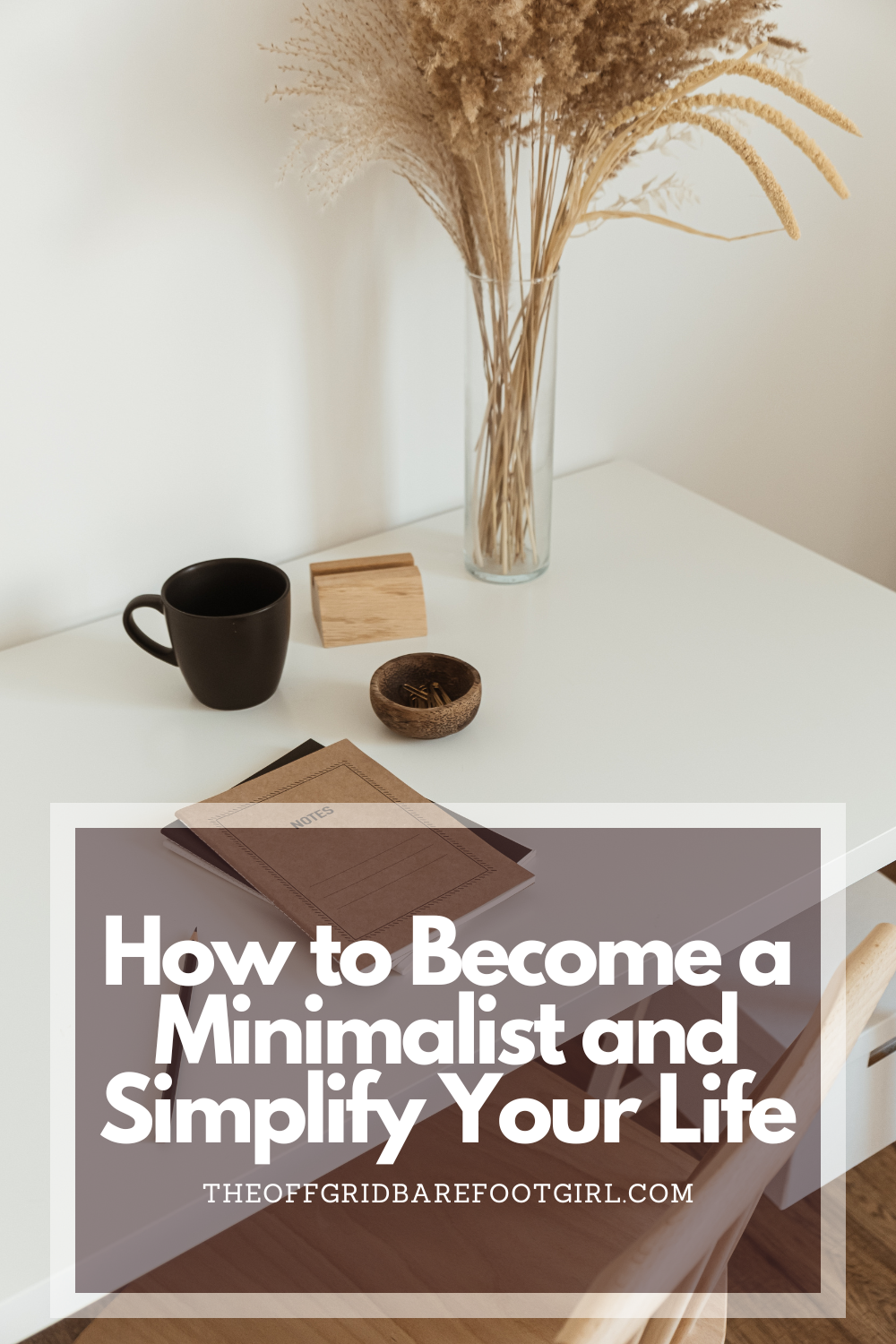
Frequently Asked Questions
1. Is minimalism only about getting rid of physical possessions?
Minimalism does involve decluttering and simplifying your physical possessions, but it encompasses much more than that. It is a mindset and a way of living that encourages intentional choices and aligning your life with your core values. While minimizing physical clutter is an essential aspect, minimalism also extends to simplifying digital spaces, schedules, and relationships, as well as cultivating mindfulness and emotional well-being.
2. Can I still enjoy hobbies and interests as a minimalist?
Absolutely! Minimalism is not about depriving yourself of joy or the things you love. It is about being intentional with your choices and focusing on what truly brings you fulfillment. You can continue to pursue hobbies and interests, but minimalism encourages you to evaluate and prioritize them based on their importance and impact on your life. It may involve letting go of excessive materials or activities that no longer serve you, allowing you to create more space for the ones that truly bring you joy.
3. Can I transition to minimalism gradually or do I need to do it all at once?
Minimalism is a personal journey, and the approach can vary from one individual to another. Some people prefer to embrace minimalism gradually, taking small steps and making incremental changes over time. Others may choose to dive in and make a more drastic shift all at once. There are no strict rules or timelines for becoming a minimalist. The key is to find an approach that works best for you and aligns with your circumstances and comfort level.
4. How do I maintain a minimalist lifestyle in the long run?
Maintaining a minimalist lifestyle requires ongoing commitment and conscious choices. It is important to regularly reassess your possessions, activities, and commitments to ensure they align with your values and bring value to your life. Practice mindfulness to avoid unnecessary accumulation and be intentional with your consumption habits. Surround yourself with like-minded individuals who support and inspire your minimalist journey. Remember, minimalism is a continuous process, so allow yourself flexibility and grace as you navigate the path to simplicity.
Summary
I hope I have inspired you to live sustainably with these tips and products.
If you were encouraged by this post, I invite you to check out my FREE Printables Page for fun free printables, planners, and charts.
ENTER MY FREE Printables Page HERE
Here are some more of my gardening inspiration posts to check out!
Ideas for Rustic Living Room Vibes You’ll Love All Year Round!
How to Prep Your Home for Chilly Fall Nights
Bring Back the Magic of Fireflies and Lightning Bugs with Solar Power!
The Ultimate Portable Power Bank for Homesteaders and Preppers!
A Bug Out Bag That’s Actually Ready — When You Need It Most!
Magical Ways to Use Fairy Lights in Your Off-Grid Home
How to Live a Cozy Off-Grid Life
The Best Off-Grid Kitchen Tools for Indoors (No Power Needed!)
DIY Solar Made Simple: How I Powered My Off-Grid Life with Practical Preppers!
Sleeper Cells in America: What You Need to Know Now!
How People Are Surviving in Broken Cities with Broken Systems
When the World Hurts, We Prepare with Purpose
How to Live On Raw Land: Everything You Need to Know!
How to Do Off-Grid Laundry with Eco-Friendly Laundry Detergent!
Hollywood on Fire! What Secrets Are In the Ashes?
FEMA Concentration Camps? Are Echos of the Past Returning?
How Likely Is a Russian EMP? One Pulse Could Black Us Out!
What Dark Secrets Lie in The Bird Flu Symptoms?
The Blackout Sun: Who Is Blacking Out Our Sunlight?
More Posts!
How to Bug-In During a Deep Freeze!
‘FOGVID-24?’ What’s in the Mysterious Fog That’s Making Everyone Sick?
From Snow to Sow: Plan Your Spring Garden Now!
11 Fun Ways to Brighten Your Spring Garden with Personality
Top 10 Spring Garden Crops to Harvest in 30 Days and Eat Now!
The Best Survival Crops for Caloric Survival
More Posts!
My Victory Garden: What I Learned from 5+ Years
Why Every Family Should Have a Victory Garden in Their Backyard Now!
The Best Perennials for a Long-Term Survival Garden
The Best Essential Oils for Plants That Repel Garden Bugs
How to Grow Green Garden Peas: Perfect Plump Peas!
Hugelkultur: Does This Epic Pioneering Method Actually Work?
9 Ways to Celebrate Earthing Day in Your Garden!
Gardening Indoors: Secrets of Growing Your Food Inside!
How to DIY a Milk Jug Drip Irrigation System!
Why Cedar Mulch Is The Perfect Natural Weed Barrier
Gardening Projects
Onions: How to Grow Onions for Storage
Peas: How to Grow Garden Peas for a Bumper Crop
Carrots: How to Grow Carrots for a Bountiful Harvest
Prep Your Garden for Spring Planting with These Expert Tips!
How to Grow a Prepper Garden to Survive and Thrive
The Best Garden Tools You Need for a Productive Season
Fastest Growing Vegetables for Your Survival Garden
How to Grow Marigolds As Pest Control In Your Vegetable Garden
Must-Have Tools for a Successful Balcony Vegetable Garden
How to Effectively Combat Powdery Mildew in Your Garden
The Best Tips for Organic Gardening
How to Release Ladybugs In Your Garden for Organic Pest Control
More Posts!!
The Best Garden Snail Control Strategies
The Best Spring Vegetables to Grow in Your Garden
Seed Starter Mix: How To Make Your Organic Seed Starter Mix At Home
How to Grow a Productive Canning Garden
How to Plant and Grow a Salsa Garden
Easiest Heirloom Vegetable Seeds to Grow Now
How to Use the Hand Twist Claw Tiller: Tackling Tough Soil
More Fun Gardening Posts to Check Out!
Planning Your Garden: How to Plan a Vegetable Garden: Expert Green Thumb Tips!
Winterizing the Garden: How to Winterize Your Vegetable Garden: Step-by-Step Checklist
Mulching the Garden: How to Make Leaf Litter Mulch
Grow a Pumpkin Patch: How to Grow a Pumpkin Patch in Your Backyard
How to Grow a Fall Garden: 9 Best Fall Crops
Clever Ways to Incorporate Indoor Composting into Your Home
How to Start Composting for the Garden: A Step-by-Step Guide
The Ultimate Guide to Composting in Your Suburban Backyard
Why I Built A Survival Garden in My Backyard
16 Best Medicinal Herbs to Grow in Your Garden Now
Blessings,
The Off Grid Barefoot Girl

